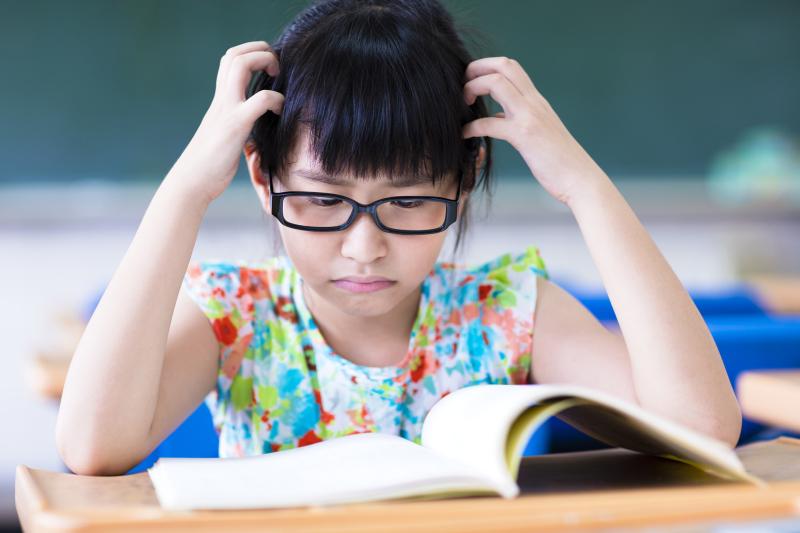Singapore is one of the world’s most affluent countries, but that progress comes with a price. The Singapore haze, which refers to the thick blanket of smog that is a daily reality of life for Singaporeans, threatens to wreak havoc on the health of families around the nation. Children are especially vulnerable on their commutes to and from school every day, and most classrooms are not air-conditioned, allowing the haze to come into contact with the youth. That’s not even considering their developing respiratory and immune systems, where prolonged exposure could result in stunted growth.

The F1 races for the Singapore Grand Prix this year didn’t help. Singapore’s National Environmental Agency reported 755 air pollution hot spots in Sumatra over the weekend, which was 100 more than the 655 hot spots detected just last Friday before the start of the Formula 1 races. This has had a bad effect on Singapore’s air quality.
The Singapore Air Quality Index (AQI) has been deteriorating over the years, and currently ranks 6th in the world for the worst air quality. It’s not a source of pride, and the haze is seasonal, getting worse at certain times of the year. During especially bad days it can be a real health hazard to your children.
If you are looking to protect your child from the Singapore haze, there are a few things you can do.

Limit their time outdoors. The best way to protect your children from the haze is to limit their time outdoors. While it’s unavoidable to go outside, especially when in transit to school and other places in the city, there are many outdoor activities that aren’t necessary and can be avoided. Limit your child’s activities to indoor pursuits as much as possible.
Keep doors and windows closed. The haze can easily get into your home, the easiest way is to leave your windows open. Be sure to keep doors and windows to homes, apartments and other indoor areas closed. This will limit the entry of air pollutants into these locations where your children might be staying.
Monitor your home’s indoor air quality. It’s important to keep the haze outside of your home. To make sure your precautions are doing their job, install an air sensor that can tell you the air quality of your home in real-time.
Use an N95 mask. These masks are available in most pharmacies and supermarkets. They are designed to block 95% of the pollutants floating in the air, and can make a huge difference in your child’s respiratory health. Do not use these on infants, however, as they can cause problems for breathing and even result in suffocation or sudden infant death.
Have your child drink lots of water. Pollutants can build up in your child’s airways. Staying hydrated and drinking lots of water can help flush these out of the system. If your child is coughing a lot, this might be a symptom of their airways being irritated by pollutants.
Use moisturizers and avoid contact lenses. The haze can cause irritation to your eyes and skin. Moisturizers can help soothe your child’s itchy skin, while wearing contacts can aggravate any irritation to the eyes. It is recommended to provide glasses instead for your child’s well-being, and glasses have that trendy, intelligent look these days anyhow.
The haze is an everyday reality, but with these precautions you can limit your child’s exposure and keep them safe from respiratory illnesses.

